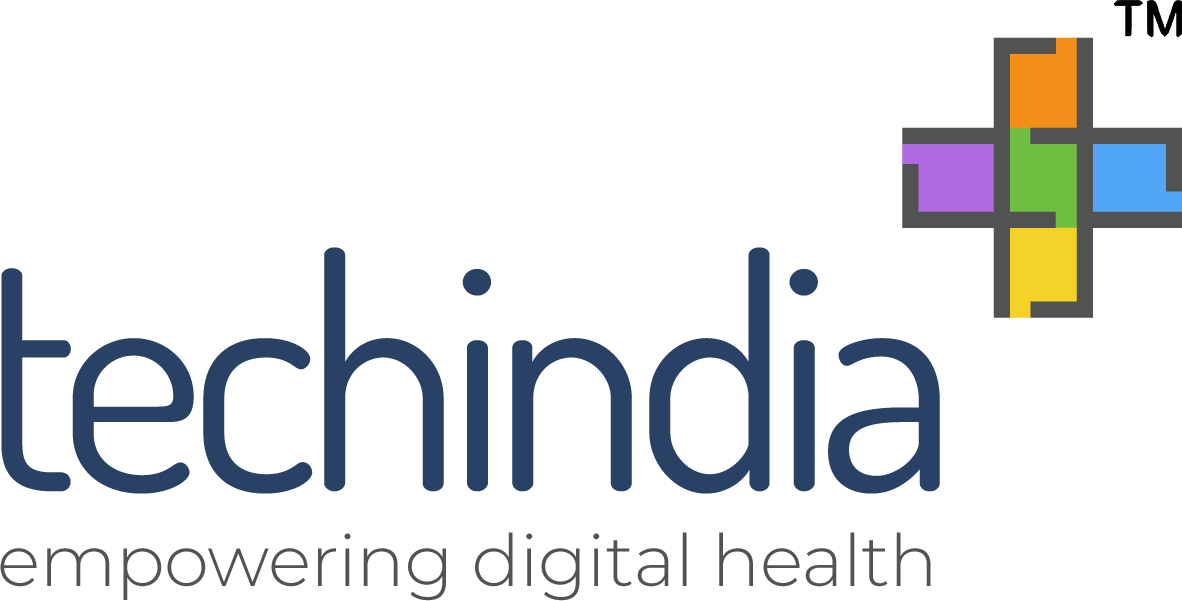- Posted: 15 May 2017
- Category: myblog
Tracking key hospital metrics to increase profitability
According to the Healthcare Financial Management Association (HFMA), revenue cycle refers to “all administrative and clinical functions that contribute to the capture, management, and collection of patient service revenue.” Thus, a revenue cycle refers to the entire engagement of a patient with a hospital, starting from registration to the final payment of dues.
Revenue cycle management or RCM in healthcare utilizes billing software to manage different aspects of the revenue cycle such as patient records, claim management, payment and revenue generation. In short, RCM helps to keep track of the financial health of a healthcare institute. Apart from that, RCM also improves operational efficiency by integrating the healthcare data of patients with administrative details such as personal details of patients and information about their insurance providers.
In a nutshell, RCM allows hospitals to follow up on patient bills, and keep track of insurance claims to make sure payments are collected in a timely manner and denied claims are followed upon, saving a substantial amount of money for the hospital.
Reviewing Operational Data – It is possible to increase profits by measuring your RCM and determining the key performance indicators (KPI) for your business. Most hospitals have systems in place to capture several kinds of financial data. However, to boost profitability, hospitals must filter this data to zero down key performance indicators that can be tracked and measured against historical data to form the basis for operational improvement.
Three main KPIs that hospitals must develop to improve profitability are Accounts Receivable, Bad Debt and Claims.
Tracking Claims – Claim management KPIs to improve claim management can save hospitals a lot of time and money. Hospitals should aim for a high clean claim rate that indicates that a hospital is being paid faster without many errors. This can be achieved by capturing correct information at the outset to prevent silly mistakes. Thus, hospitals must ensure high efficiency in patient registration and appointment scheduling for improved claim management. The hospitals must also monitor their claim denial rate, using number of claims denied in a set period as a KPI. By investigating the reasons behind these denials, overall efficiency in claim management process can be affected.
Tracking Patient Access to Accounting Metrics – In order to improve denial rates, hospitals need to go back to the starting point to improve the process of capturing patient data and insurance data. To improve profitability, hospitals must develop patient access KPIs that would include pre-registration and insurance verification rates. By spending a few minutes extra during pre-registration, hospitals can save hours in verifying information and resubmitting claims later.
To develop patient access KPIs, hospitals may want to consider measuring rates for pre-registration and insurance verification. Insurance verification, a few days before the appointment, can help boost revenues in a big way as it allows the patients sufficient time to make self-payment arrangements in case the insurance cover is not valid. Thus, hospitals must try to maintain a high pre-registration rate and aim to verify insurance for most of the registered patients.
Point of service payments must also be looked into, as more patients than ever before are self-paying for their treatment. It is important to develop KPIs to measure point-of-service collection rates to ensure that the staff is collecting patient payments before they turn into bad debt.
Apart from ensuring that data is captured accurately at the pre-registration state, in order to improve RCM, management must set realistic revenue cycle goals on an annual basis, against which the performance of importance metrics can be measured. In addition to setting goals, the management must also have a bigger picture in mind it would like to achieve by meeting the set KPIs.
Recent Post

We're helping some of the most respected names in healthcare deliver measurably better outcomes. Let us show you what personally Human & AI integrated solution can do for your organization. While filling the form, please fill in the information more specifically that you are looking for.
Thank you for your query! We will get back to you shortly!!

